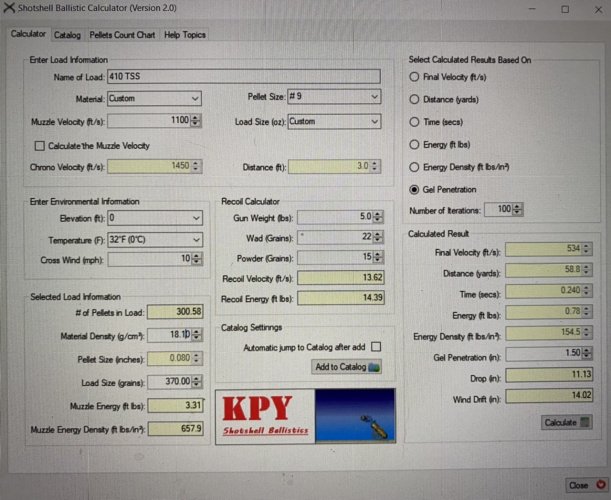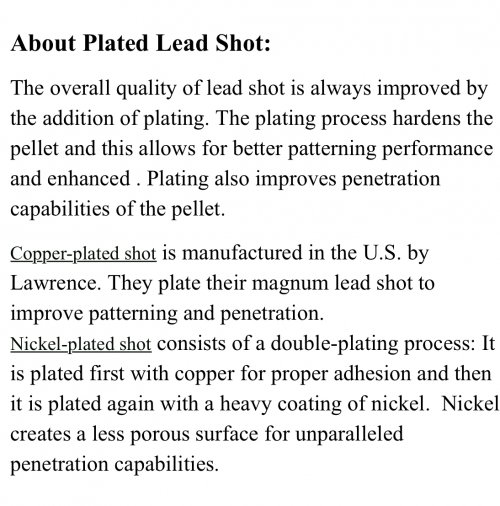OntarioHunter
Well-known member
- Joined
- Sep 11, 2020
- Messages
- 5,997
The difference is that the gizzard efficiently grinds down all the lead pellet before the substance hangs out in the GI tract. Obviously the gizzard is not going to intake lead to any degree. That's not its function. Looking at owl scat, it certainly does appear that hard material like bone and presumably lead is less broken down. No one ever found a lead pellet in goose poop though we knew they were dying from eating them. That is not to say lead is not toxic to raptors. We know it is. How toxic? Are lead pellets ingested by raptors more toxic than lead ingested by waterfowl? That is the issue.False. It can remain in the body for days, weeks, or longer. Depends on many variables. There are many studies on lead persistence in the GI. Contrary to popular opinion, persistence in waterfowl doesn't even primarily occur in the gizzard. It passes through the gizzard, then sits in the GI. This is the same thing that occurs in raptors. I don't know where people come up with this claim that lead can't persist in GI tracts. It is very apparent on x-ray, and very easy to follow it's persistence via x-rays and necrospy. This is a basic concept and extremely well understood at this point. We had this figured out by the 70's:
Bates, F. Y., D. M. Barnes, and J. M. Higbee. 1968. Lead toxicosis in mallard ducks. Journal of Wildlife Diseases 4:116–125. Google it.
Thanks for the citation. I'll check it out.






